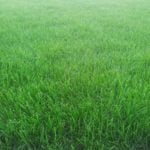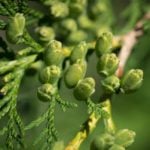Tragopogon porrifolius is a biennial herbaceous plant. In the first year of life, it forms a rosette of linear or lanceolate bluish-green leaves and a conical fleshy root crop. Peduncle erect, branched, up to 120 cm (3.9 feet) tall. The flowers are purple, collected in single baskets; they bloom in May-September. Fruits – crested seeds with a parachute flight; ripen in July-August.
Use white root
Tragopogon porrifolius is a cultivated vegetable, forage, medicinal, honey-bearing, and ornamental plant. They use young leaves, stems (salads, soup dressing powder), and young seafood-flavored roots, valuable as a source of insulin in the diet for diabetics, as well as a lactogenic agent. Tragopogon pratensis can also be used as food. This species is widely distributed in the European part, has bright yellow buds.
During the period of the tragopogon porrifolius, the plant can be a wonderful decoration of the garden of a dacha, flower bed, mixborder, as an element that accompanies and supports the purple-purple range. It is very decorative with narrow leaves that create a bluish-green noise.
Features of growing
The distance between the plants is 10-15 cm (3.9-5.9 inches), the sowing depth is 1-1.5 cm (0.4-0.6 inches) (on light soils) and 2 cm (0.8 inches) (on heavier soils). Prefers light, sandy or sandy loam, fertile soil. The best predecessors: potatoes, tomatoes, cucumbers, sorrel, green crops, pumpkins, zucchini.


















